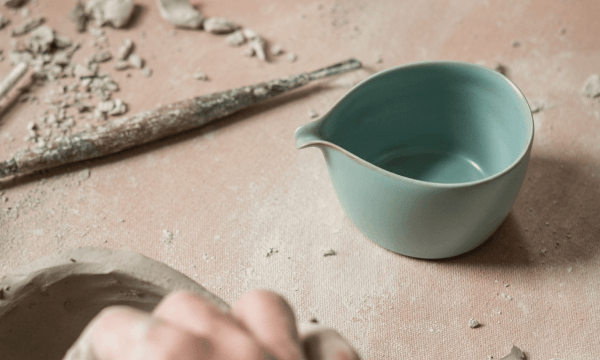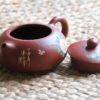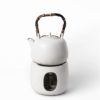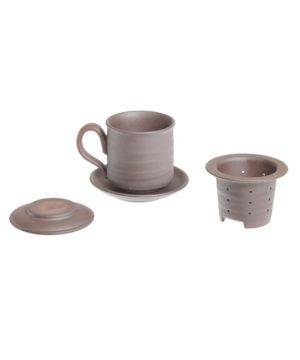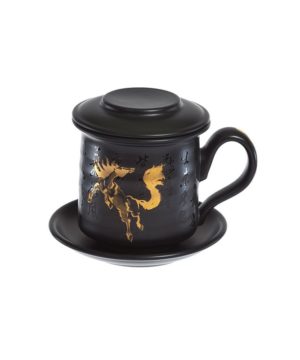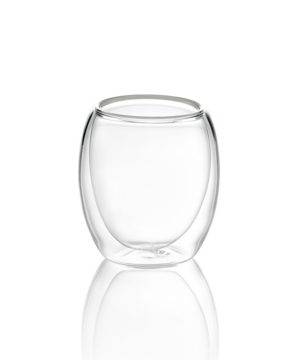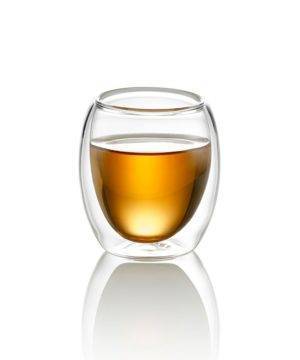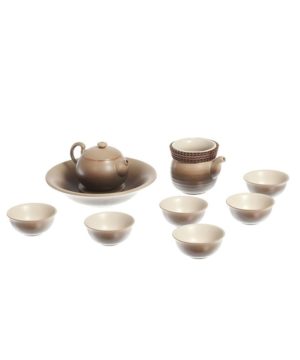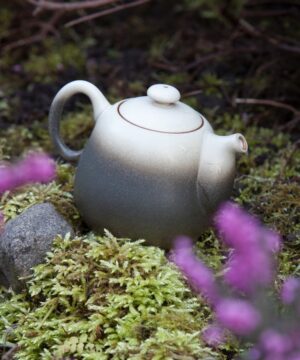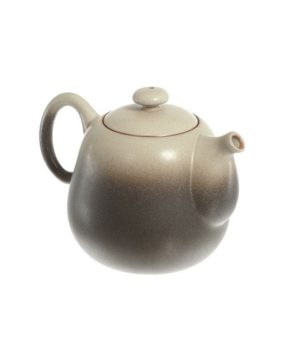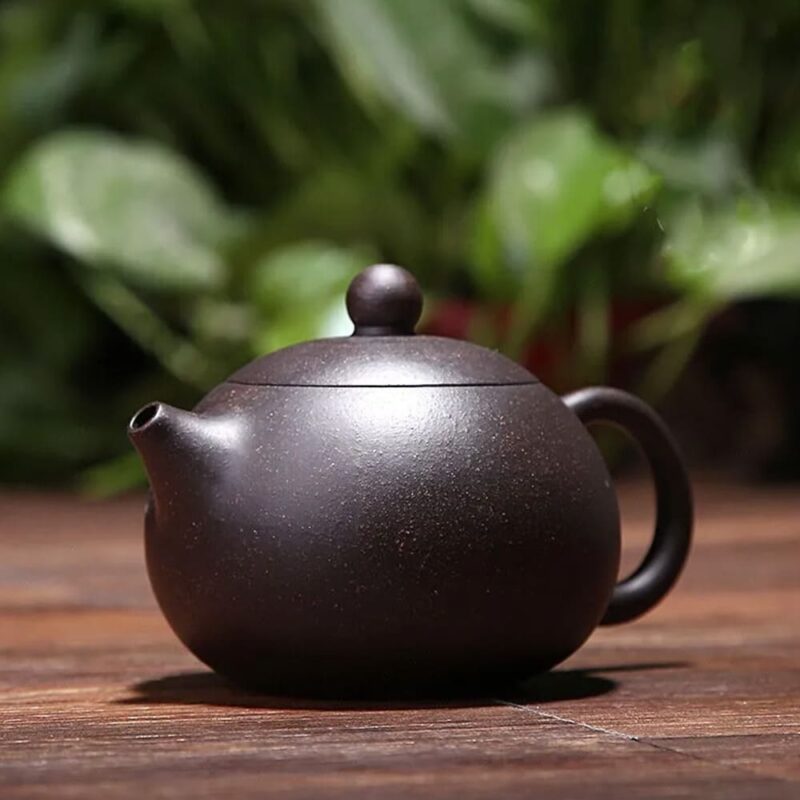

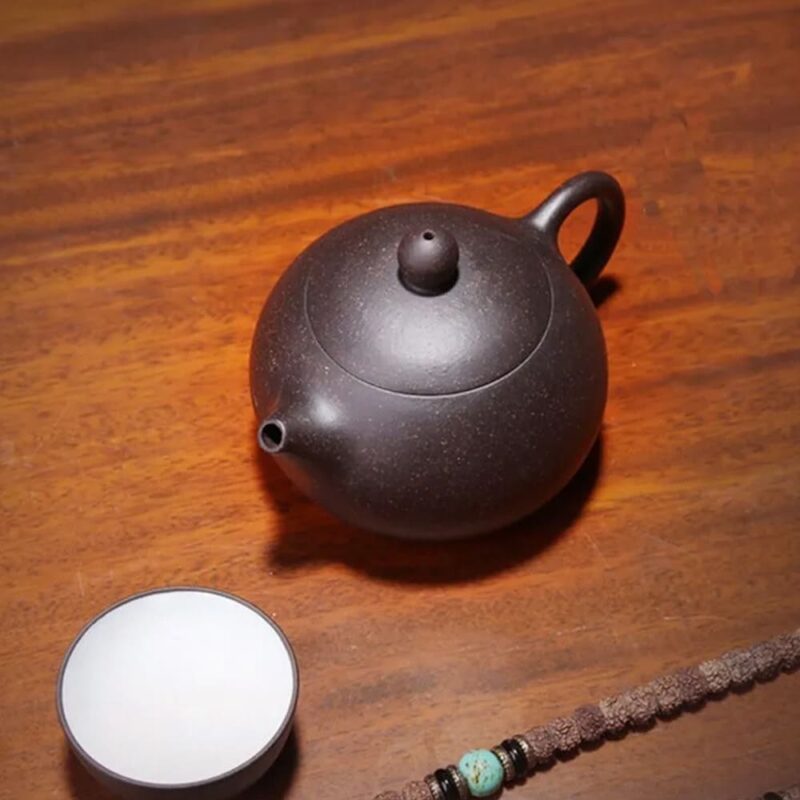

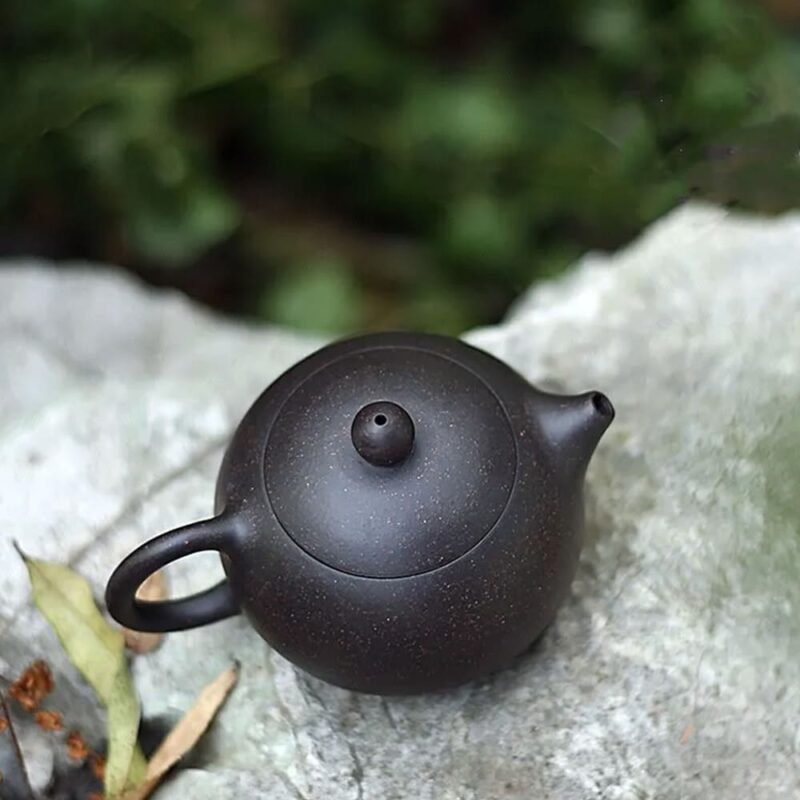

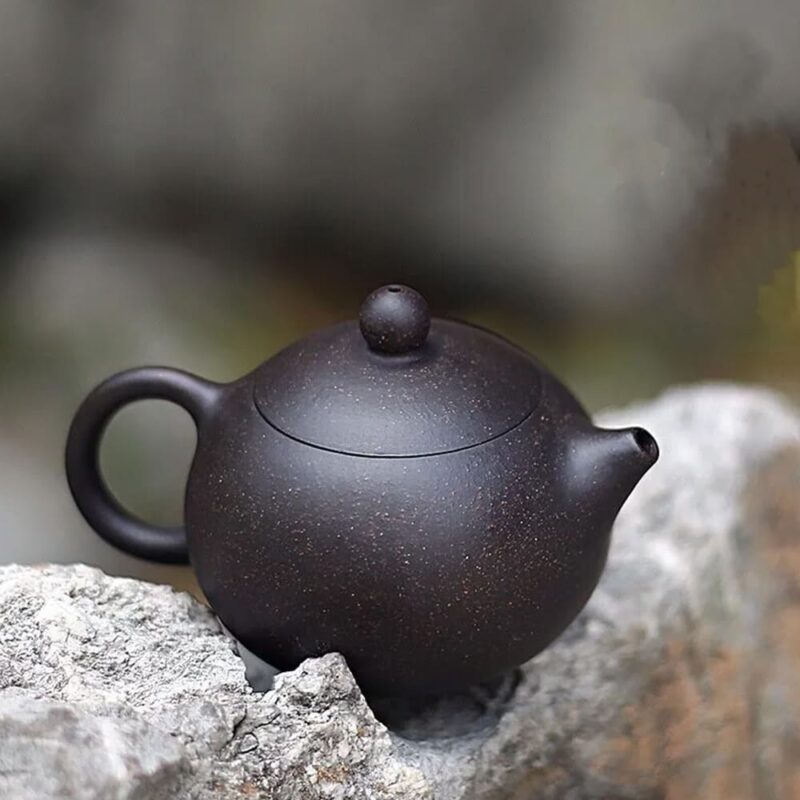

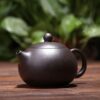

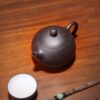

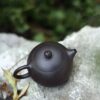

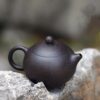

Zi sha Yixing clay teapot 200ml
34.79€ Taxes included
“Yiхing Clay” is a collective name for various types of clays rich in iron oxides, mica, kaolin, quartz and iron ore. These include:
Zi Sha (dark clay, purple).
This Zi sha Yixing clay teapot is distinguished by the complete absence of any decorative glaze with dyes. A rich range of colors: each teapot the natural color of clay, each teapot is unique in color and size.
In stock
Purchase & earn 29 points!
SKU: B6121014
Categories: Accessories, Teapots, Materials, Yixing clay
DON'T MISS DISCOUNTS AND NEWS!
Subscribe to our WhatsApp channel and receive all updates quickly and conveniently!
Subscribe to our WhatsApp channel and receive all updates quickly and conveniently!
Unlike normal clay, which is soft, moist in texture, zi sha is more like a hard rocky rock and after various manipulations becomes suitable for the production of dummies. That is why it cannot be used on the potter’s wheel-only manual or final production (assembling and gluing parts together) and casting.
Clay is found in layers: those at the top are soft, from which they produce everyday and inexpensive dishes, including teapots. The deeper, more petrified the clay, the higher the quality of the resulting dishes and, consequently, the price.
There are different proportions for mixing these clays together, different additives (metal oxides, sand, calcined fragments, mica, and pyrite), technology uses different firing temperatures, and the atmosphere in the kiln-all of which create a wide range of colors (from yellow to black) and textures, making the finished teapots so different. They can have a smooth surface and a granular one, even to the point of simulating citrus peel, with tubercles and dents: it all depends on the master and his idea
Why is the clay Zi Sha Yixing?
Yixing clay contains kaolin, which allows teapots to be burned at very high temperatures, as well as iron, silicon, and small silicate particles, which give the finished teapots brilliance and porosity, due to which the teapots pass oxygen inside and allow the tea to “breathe.”
Because of the high firing temperature, teapots with all their apparent fragility are very durable. The porous structure allows the teapot to heat up quickly and heat up for a long time, avoiding temperature differences during tea consumption, which greatly affect the taste. The handle of the kettle never heats up.
Because of the porous structure, essential oils are absorbed by the walls of the teapot, and over time, such a teapot improves the taste of tea, making it softer, deeper, adding its unique “taste” from the accumulated essential oils.
| Weight | 0.5 g |
|---|---|
| Dimensions | 0.000000 × 0.000000 × 0.000000 cm |
| Teapot | 8023222230149 |
Still no Reviews for this Product
Related products
Sale!
Accessories
Earn up to 70 points.
This product has multiple variants. The options may be chosen on the product page
TrovaPrezzi
4.40€ Taxes included
Porcelain
25.50€ Taxes included
362.50€ Taxes included
Accessories
398.31€ Taxes included
Porcelain
46.40€ Taxes included
Materials
46.40€ Taxes included
116.60€ Taxes included





